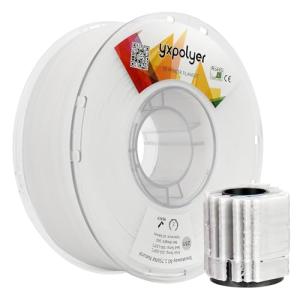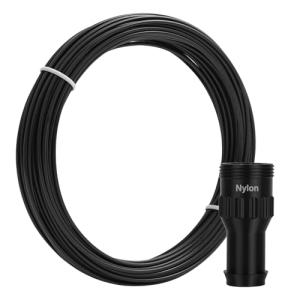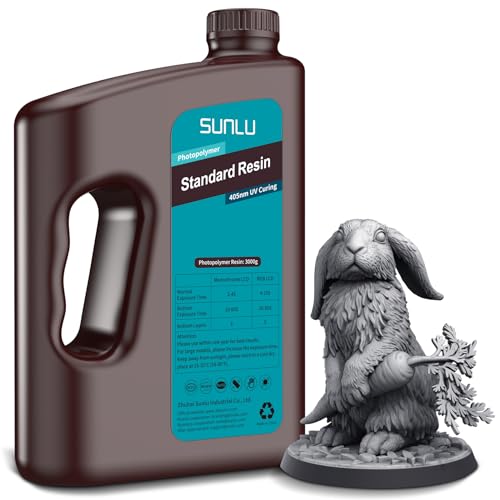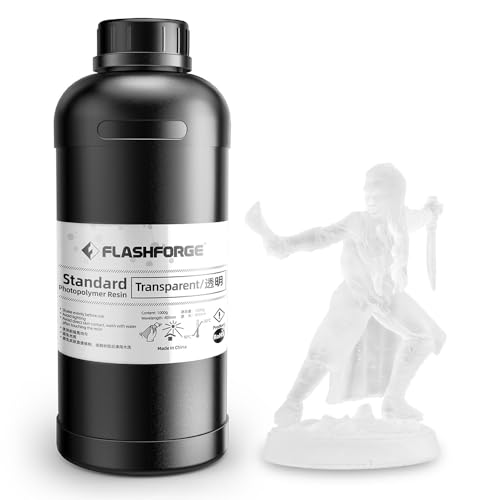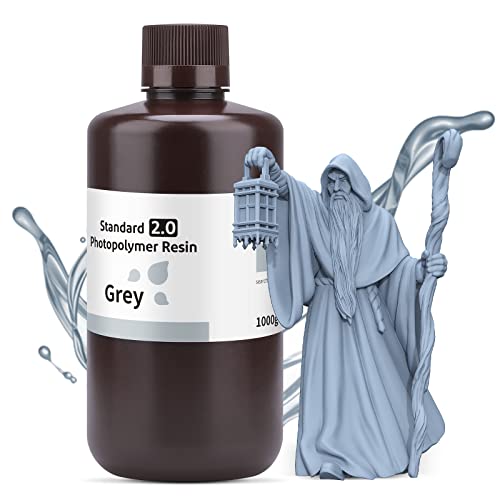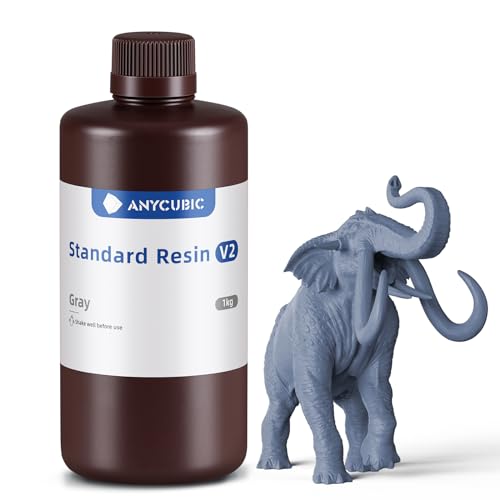Getting started with 3D printing can seem a bit overwhelming, but having the right 3D printing software makes a huge difference. Here are some top picks that are perfect for beginners:
TinkerCAD is a fantastic option if you’re new to the game. It’s browser-based, so you don’t need to download anything. You can dive right in and start creating with its user-friendly interface. It offers basic shapes and easy-to-use tools that let your imagination run wild. Plus, it’s free!
Ultimaker Cura is another great choice. This 3D printing software is perfect for beginners and advanced users alike. It’s known for its detailed support options and slicing capabilities. The interface is pretty straightforward, making it easy to learn. Plus, you can tweak settings as you gain experience without feeling lost.
Fusion 360 is a step up in complexity, but it's worth considering if you're serious about learning. It provides robust design tools and is great for creating more complex models. Autodesk offers a free license for students and educators, which is a nice bonus if you're in that category.
No matter what you choose, these 3D printing software options make it easier to bring your ideas to life. Don't be afraid to experiment and find out which one feels right for you. Happy printing!
Advanced Tools for Professionals
If you're diving deep into the world of 3D printing, you’ll want to arm yourself with some top-notch 3D Printing Software. These advanced tools can take your creations to a whole new level, whether you’re designing intricate models or tackling big projects for your business.
One standout is Fusion 360. This software is popular among professionals for its powerful design features and ability to work on everything from industrial designs to product development. It simplifies complex tasks, making it easier to transition from idea to finished product. Plus, the collaboration tools let you work seamlessly with your team, which is a big bonus.
Blender is another powerhouse in the 3D printing scene. It’s packed with features for 3D modeling, animation, and rendering. While it has a bit of a learning curve, once you get the hang of it, you can create stunning, detailed models. The community support is great too, with loads of tutorials and forums to help you out.
If you’re focused on functional prototypes, check out SolidWorks. It’s a favorite in engineering and product design. With its parametric design capabilities, you can easily modify parts of your model, helping you quickly iterate on your designs. SolidWorks also simulates how your models will perform in the real world, which is super helpful for testing before printing.
Finally, don’t overlook Cura. This slicing software is ideal for preparing your models for printing. It’s user-friendly and packed with features that let you customize print settings to get exactly the results you need. Whether you’re aiming for speed or quality, Cura has options that fit the bill.
Breakaway Support Filament 1kg for Easy 3D Printing
Simplify your 3D printing projects with this lightweight and removable support filament
Product information
$29.99
Product Review Score
4.91 out of 5 stars
85 reviewsProduct links
Budget-Friendly Options for Hobbyists
If you're a hobbyist diving into the world of 3D printing, you don’t need to break the bank to find awesome 3D printing software. There are plenty of budget-friendly options that still pack a punch. These tools make it easy to design, slice, and print your creations without leaving your wallet feeling empty.
One popular choice is Tinkercad. It's totally free and web-based, which means you don't have to download anything. The interface is user-friendly, so even if you’re new to 3D modeling, you’ll pick it up quickly. You can whip up simple designs and export them for printing with just a few clicks. Perfect for that first 3D print!
If you’re looking for something with a bit more power, check out Fusion 360. While it has a more complex interface, it’s free for hobbyists and offers advanced features like parametric design and simulation tools. This is great if you want to venture beyond basic projects and try your hand at something a bit more intricate.
Don’t forget about Cura! It’s a go-to slicing software that's completely free and packed with features. Whether you need to adjust printing speed or material settings, Cura lets you customize everything to ensure your prints come out perfectly. Plus, it supports a wide range of 3D printers, making it super flexible.
Lastly, there’s PrusaSlicer. It's user-friendly and designed by the folks at Prusa Research, but it works well with many printers. It’s also free and helps you manage complex prints with ease. With great support and regular updates, it’s a solid choice for anyone looking to optimize their printing experience without spending a dime.
50g Black Nylon Filament 1.75mm for 3D Printing
Durable and versatile nylon filament perfect for your 3D printing projects
Product information
$9.99
Product Review Score
4.84 out of 5 stars
146 reviewsProduct links
Unique Features to Enhance Your Projects
When it comes to 3D printing, the right software can make all the difference. Whether you're a hobbyist or a seasoned pro, unique features in 3D printing software can supercharge your projects. Let’s dive into some must-have tools that can elevate your prints.
First up is intuitive user interfaces. Good 3D printing software offers a clean and easy-to-navigate layout. You don’t want to waste time figuring out where everything is. A straightforward interface will let you jump straight into designing without any headaches.
Next, look for software that offers advanced modeling tools. Features like parametric modeling and sculpting options allow you to create intricate designs with ease. This is especially handy if you want to customize your projects or come up with something truly unique. You’ll be amazed at what you can create with the right tools at your fingertips.
Another standout feature is slicing capability. A solid 3D printing software will give you control over your print settings, like layer height and infill patterns. This way, you can optimize your prints for strength or detail based on your project’s needs. Being able to tweak these parameters makes a huge difference in the quality of the final product.
Finally, consider support for multiple file formats. A flexible 3D printing software allows you to work with STL, OBJ, and even 3MF files. This means you can work with different design tools and easily import models without stress. Having these options gives you the freedom to experiment and expand your creativity.
